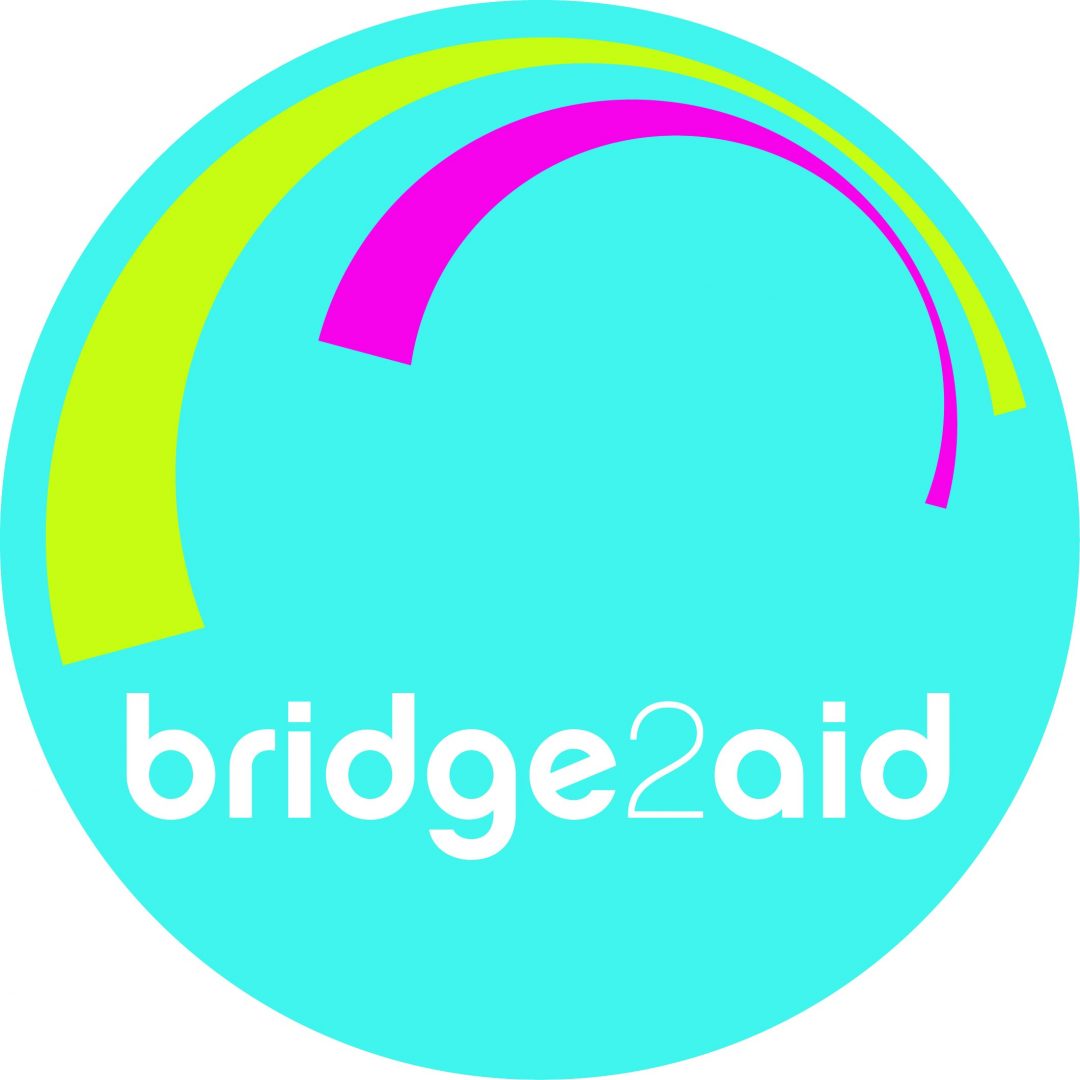BIM (Building Information Modelling)
The Government is a strong advocate of BIM, believing that it can revolutionise the construction industry and position the UK as a leader in the global construction market.
Put simply, BIM is the means through which everyone can understand a building. Through digital technologies all the information produced during a construction project is kept to a consistent format, centralised and made accessible to all.
BIM aims to ensure that all those who are involved with construction collaborate, work to common standards and optimise their contribution. The goal is for BIM to add to the ‘whole-life’ value of an asset, reduce the risk of mistakes and minimise unexpected costs.
The 3 key components:
- Standardised labelling of documents and data for tracking and identification.
- The storage and manipulation of information; usually involving 3-D drawings of the building and all its components.
- A method for exchanging information about a building including its construction, operation, performance and maintenance.
The future of BIM
The objective of the Government’s Construction Strategy (2011) is to accelerate BIM throughout the UK. By 2016, all centrally procured Government projects of £5 million+ must be BIM driven.
Key questions
- Do you know your BIM maturity?This metric, from level 0 – 3 reflects the ability of the construction supply chain to operate and exchange information. By 2016, the Government calls for the industry to have reached level 2: a managed 3D environment held in discipline-specific BIM tools, managed by enterprise resource planning software.
- Are your BIM objects in place?To achieve BIM compliance, manufacturers must develop products that conform to BIM object standards. This standardisation ensures quality and consistency, enabling collaboration across the industry.
- Do your staff have the skills to implement BIM practices?In addition to software knowledge, you may need to develop 3D CAD expertise, IT and networking skills, data transfer and file security, as well as familiarity with standards and data management.
- Will your clients need to comply with the Government mandates?If your workload is primarily healthcare or education projects, the requirement for level 2 BIM maturity is almost certain. Developing the relevant skills will be a valuable asset to your sales development.
At Midland Lead, we are well underway to hitting these goals and we would love to share of experience knowledge and contacts with you.
How we can help? Give us a call on +44 (0) 1283 224 555 or email us at healthcare@midlandlead.co.uk to tell us about your requirements.



